The Hells Angels: Myths And Realities
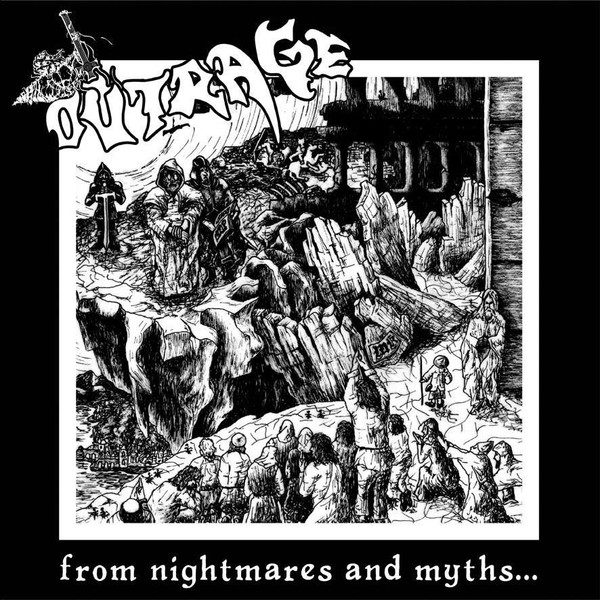
Table of Contents
The History of the Hells Angels: From Post-War Roots to Global Presence
The Hells Angels Motorcycle Club's history is deeply intertwined with post-World War II America. Founded in 1948 in Fontana, California, the club's origins lie in the disillusionment and restlessness of returning veterans. The initial members, many of whom were former servicemen, sought camaraderie and a sense of belonging in the aftermath of war. Their early years involved activities typical of many motorcycle clubs at the time: riding, socializing, and occasional clashes with law enforcement.
-
Founding in 1948: The club's early days were marked by a strong sense of camaraderie among its members, many of whom bonded over their shared wartime experiences. The initial charter was relatively small, but its influence began to spread quickly.
-
Early years and activities: Early activities included bar fights, brawls, and general displays of rebelliousness. These early conflicts helped establish their reputation, albeit a negative one, contributing to the Hells Angels' image as an outlaw motorcycle gang.
-
Expansion across the United States and internationally: Throughout the latter half of the 20th century, the Hells Angels expanded significantly, establishing chapters across the United States and eventually branching out internationally. This expansion involved a complex mix of internal dynamics, strategic recruitment, and territorial disputes.
-
Key historical events and figures: Several key events and figures have shaped the Hells Angels' history, including significant legal battles, leadership changes, and internal conflicts. These events, while often shrouded in secrecy, are crucial for understanding the club’s evolution.
The club's evolution demonstrates a continuous adaptation to changing social and legal landscapes. Understanding this historical context is crucial to understanding the present-day realities of the Hells Angels.
The Hells Angels and Criminal Activity: Fact vs. Fiction
The Hells Angels are often portrayed solely as a criminal enterprise. While it's undeniable that many members have engaged in criminal activities, it's crucial to avoid broad generalizations. Attributing all criminal actions to the entire organization is an oversimplification.
-
Common misconceptions about their involvement in crime: The media often paints a picture of uniformly criminal activity, ignoring the complexities of individual members' actions. This creates an inaccurate and potentially harmful stereotype.
-
Proven criminal activities: Documented cases involve drug trafficking, violence, racketeering, and extortion, implicating certain Hells Angels members and chapters. These documented instances cannot be ignored.
-
Differentiating individual actions from collective responsibility: The challenge lies in discerning the extent to which criminal activities reflect the collective will of the organization versus the actions of individual members. Many members may not be directly involved in major criminal operations.
-
The role of law enforcement in combating Hells Angels criminal activity: Law enforcement agencies worldwide actively target Hells Angels' criminal activities, employing strategies such as infiltration, surveillance, and large-scale investigations. These efforts, however, are often hampered by the club’s secretive nature and strong sense of loyalty among members.
The reality is far more nuanced. While some Hells Angels chapters engage in significant criminal activity, generalizing this to the entire organization is inaccurate and ignores the complexities of their internal structures and individual member behaviors.
The Hells Angels Subculture: Symbolism, Identity, and Community
Beyond the negative stereotypes, the Hells Angels possess a unique subculture with its own symbolism, rituals, and sense of community.
-
The significance of their iconic logo and other symbols: The death head logo, for example, is a powerful symbol signifying rebellion and defiance. Their symbols are deeply embedded in their identity and serve as a visual representation of their brotherhood.
-
Membership requirements and initiation rituals: The process of becoming a full-patch member is rigorous and involves a long period of probation, demonstrating commitment and loyalty. These rituals reinforce the strong sense of belonging.
-
The sense of brotherhood and community within the club: The Hells Angels often emphasize the strong bonds of brotherhood and loyalty among members, providing a sense of belonging and support that is absent in mainstream society for many.
-
The role of motorcycles and biker culture in their identity: Motorcycles are more than mere vehicles; they represent freedom, rebellion, and a shared passion that unites members. The biker lifestyle is integral to their identity and subculture.
This subculture, while often misunderstood, provides valuable insight into the motivations and dynamics within the Hells Angels.
The Hells Angels in Popular Culture: Media Portrayals and Their Impact
The Hells Angels have been frequently depicted in movies, television shows, and books, often reinforcing negative stereotypes and sensationalizing their activities.
-
How the Hells Angels have been depicted in movies, television, and books: From "Easy Rider" to numerous documentaries, the club has been frequently portrayed, sometimes accurately, but often with significant exaggeration and distortion.
-
The impact of media representation on public opinion: These portrayals have significantly shaped public perception, contributing to the negative image associated with the group. The media frequently focus on the criminal activities of some members while neglecting other aspects of their subculture.
-
Addressing media bias and sensationalism: Critical analysis of media portrayals is essential to counteract biased representations and ensure a more balanced understanding. Sensationalized accounts often outweigh nuanced and factual information.
-
The role of documentaries in providing alternative perspectives: Well-researched documentaries can offer alternative perspectives, exploring the complexities of the Hells Angels’ history and culture, helping to dispel myths and stereotypes.
Understanding the impact of media portrayals is crucial in navigating the complex image of the Hells Angels.
Conclusion
The Hells Angels are far more complex than simplistic narratives suggest. While criminal activity undoubtedly exists within the organization, it is crucial to avoid generalizations and recognize the diverse experiences and motivations within the group. Their history, subculture, and media portrayals paint a multifaceted picture, necessitating careful consideration and critical analysis. Moving beyond sensationalism requires research into credible sources and a willingness to engage with the nuances of their story. To truly understand the Hells Angels, we must separate the myths from the realities, moving beyond stereotypes and engaging with the complexities of this enduring motorcycle club. Explore reputable sources and form your own informed opinion on the Hells Angels—go beyond the sensational headlines and discover the truth.

Featured Posts
-
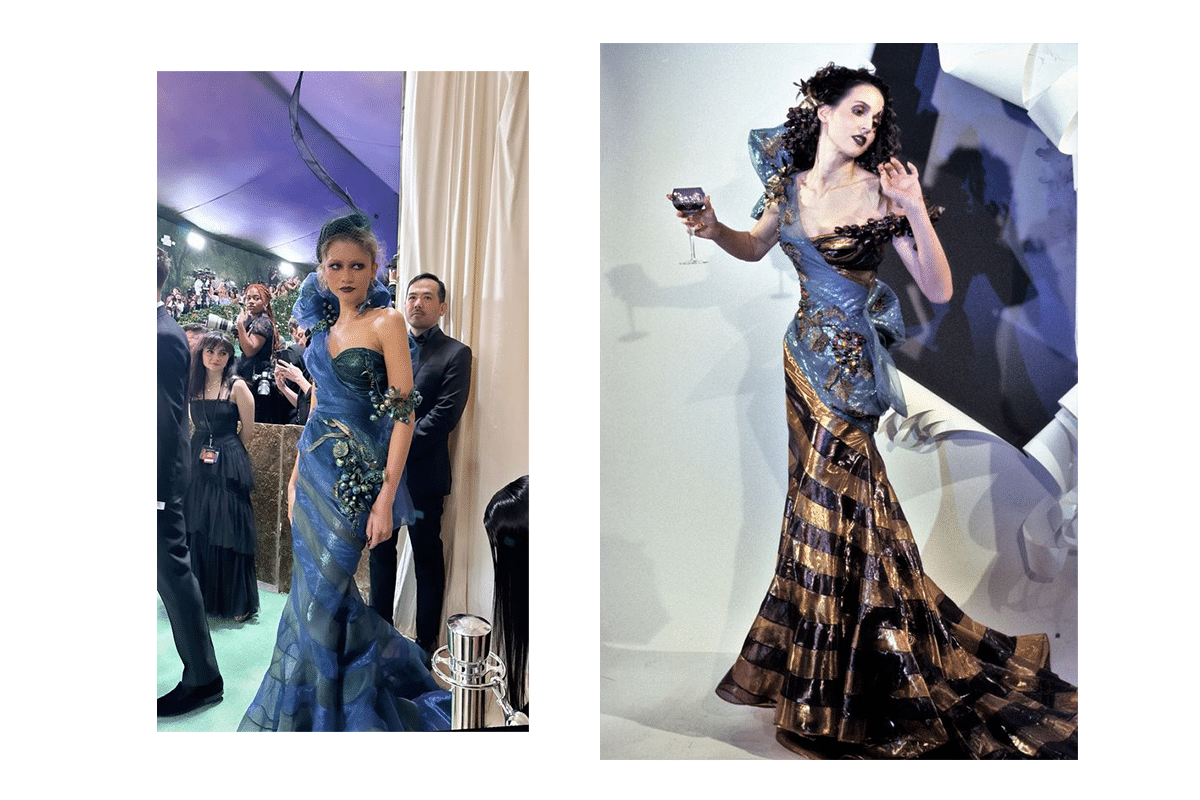 Naomi Campbells Alleged Met Gala 2025 Ban Fact Or Fiction
May 25, 2025
Naomi Campbells Alleged Met Gala 2025 Ban Fact Or Fiction
May 25, 2025 -
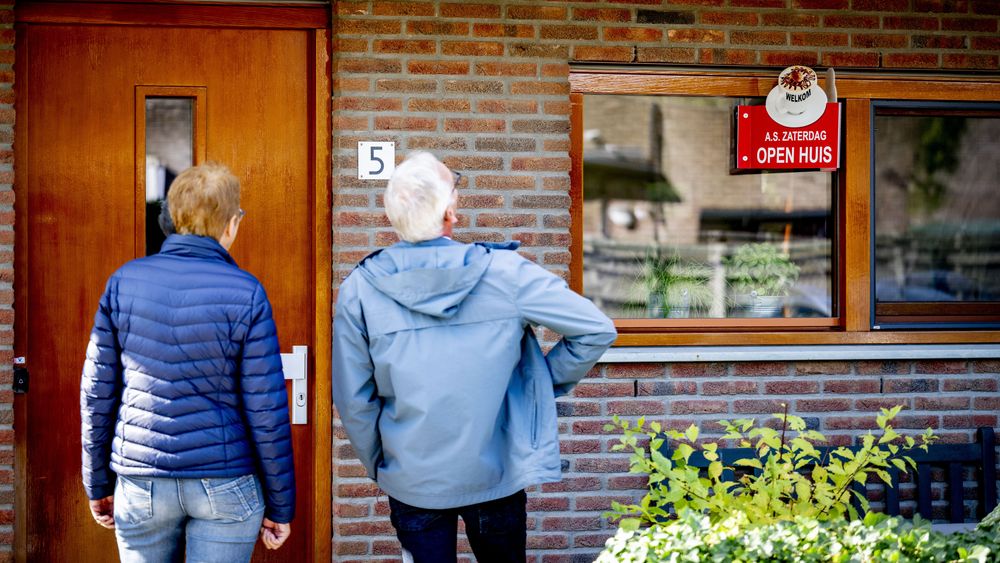 Relx Ai Gedreven Groei En Winstgevendheid Ondanks Economische Onzekerheid
May 25, 2025
Relx Ai Gedreven Groei En Winstgevendheid Ondanks Economische Onzekerheid
May 25, 2025 -
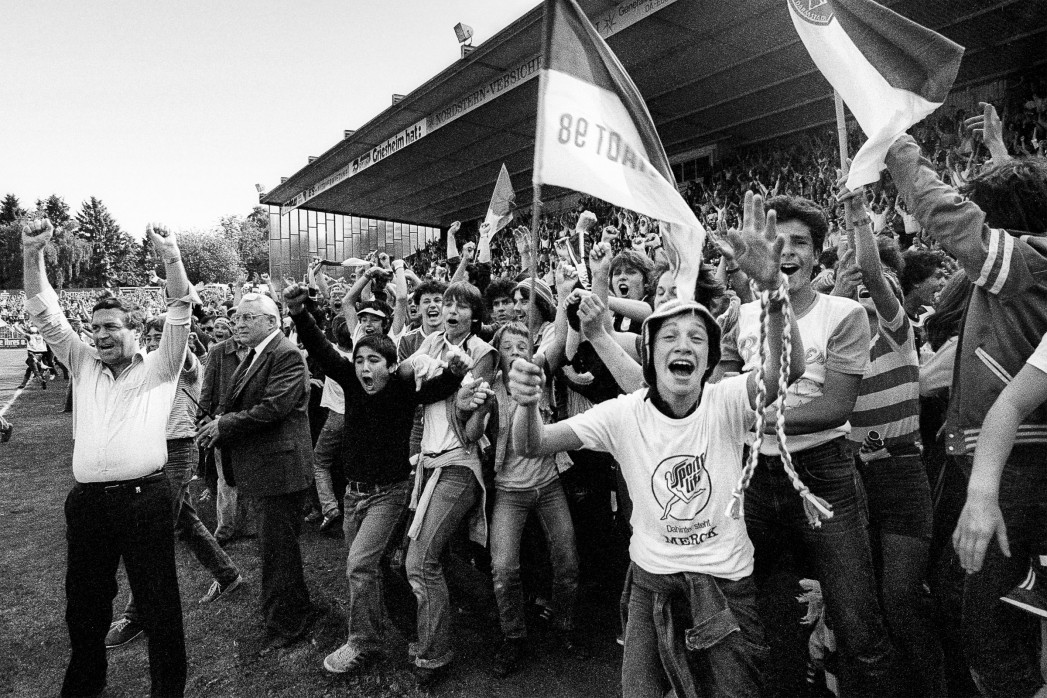 Endlich Wieder Bundesliga Der Hsv Feiert Den Aufstieg
May 25, 2025
Endlich Wieder Bundesliga Der Hsv Feiert Den Aufstieg
May 25, 2025 -
 Konchita Vurst Yiyi Peredbachennya Peremozhtsiv Yevrobachennya 2025
May 25, 2025
Konchita Vurst Yiyi Peredbachennya Peremozhtsiv Yevrobachennya 2025
May 25, 2025 -
 Jenson And The Fw 22 Extended Features And Updates Explained
May 25, 2025
Jenson And The Fw 22 Extended Features And Updates Explained
May 25, 2025
Latest Posts
-
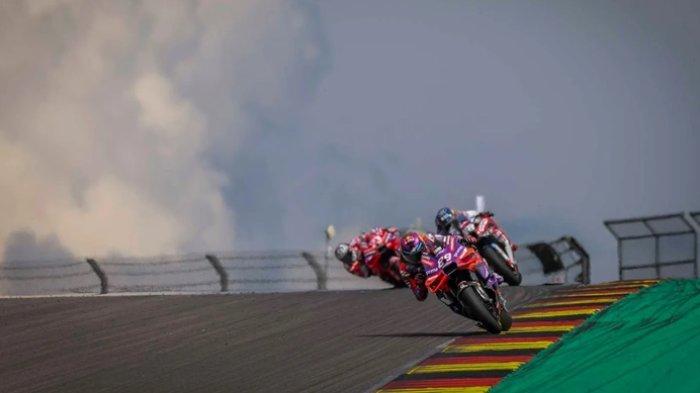 Dapatkan Link Live Streaming Moto Gp Inggris Sprint Race 20 00 Wib
May 26, 2025
Dapatkan Link Live Streaming Moto Gp Inggris Sprint Race 20 00 Wib
May 26, 2025 -
 Tonton Live Race Sprint Moto Gp Inggris Pukul 20 00 Wib
May 26, 2025
Tonton Live Race Sprint Moto Gp Inggris Pukul 20 00 Wib
May 26, 2025 -
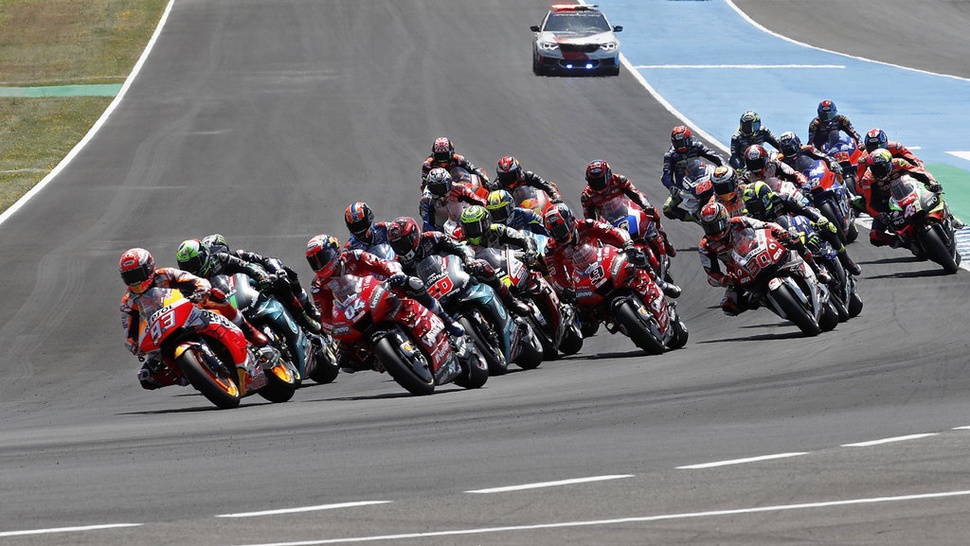 Akses Live Streaming Moto Gp Inggris Sprint Race Jam 20 00 Wib
May 26, 2025
Akses Live Streaming Moto Gp Inggris Sprint Race Jam 20 00 Wib
May 26, 2025 -
 Moto Gp Inggris Sprint Race Tonton Live Streaming Pukul 20 00 Wib
May 26, 2025
Moto Gp Inggris Sprint Race Tonton Live Streaming Pukul 20 00 Wib
May 26, 2025 -
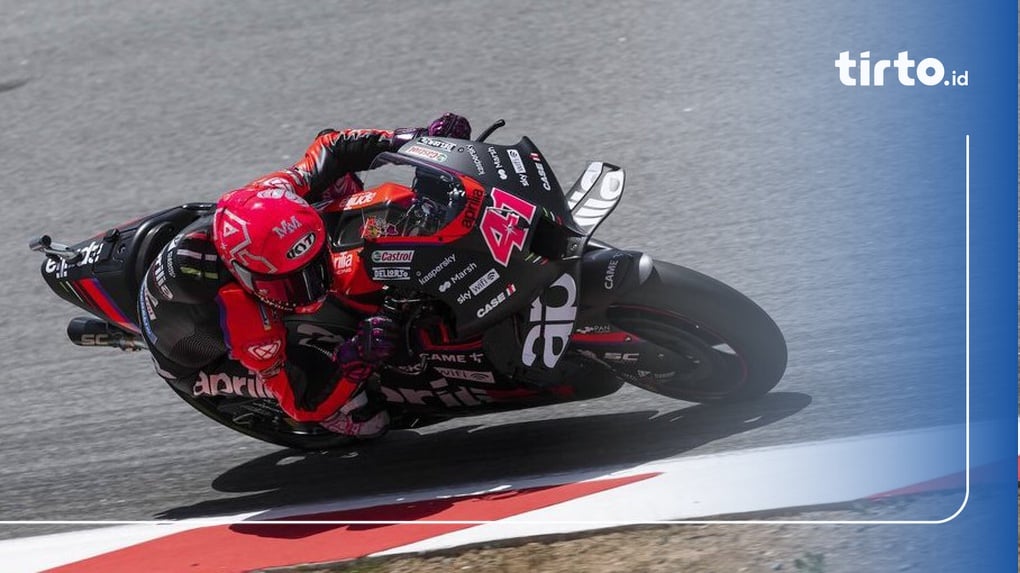 Live Streaming Moto Gp Inggris Race Sprint Jam Tayang 20 00 Wib
May 26, 2025
Live Streaming Moto Gp Inggris Race Sprint Jam Tayang 20 00 Wib
May 26, 2025
